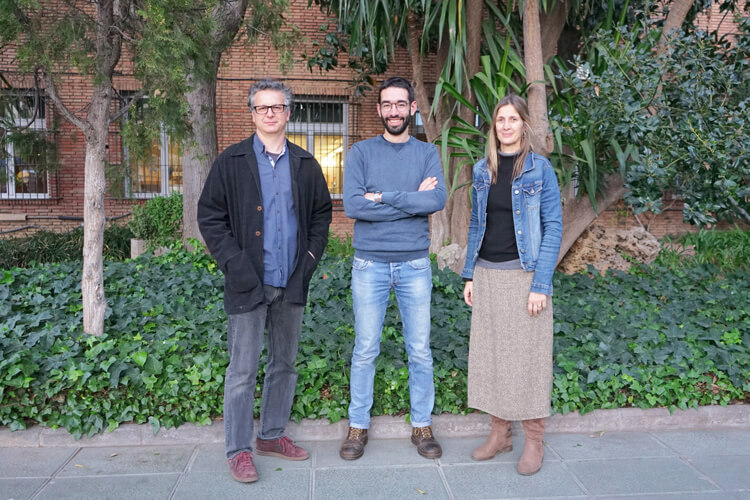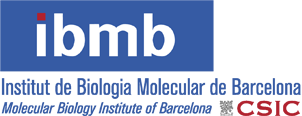Study of the Structure and Function of Proteasomes

On 21 February, Dr Bernat Coll defended his doctoral thesis at IQS, entitled “Structure / Function Study of the Proteasome: Characterization of RPN5 Sumoylation and Development of Proteolytic Chimeras.” Dr Coll conducted his thesis at the Molecular Biology Institute of Barcelona (IBMB/CSIC), supervised by Dr Bernat Crosas Navarro, and tutored at IQS by Dr Magda Faijes, professor with the Department of Bioengineering at the IQS School of Engineering and a member of the Biological Chemistry and Biotechnology Group (GQBB). Dr Coll did his thesis in collaboration with the companies Science Dreaming SL and Lincbiotech SL.
Dr Coll’s research in the field of proteins was divided into two distinct parts. The first one was based on the characterization of the SUMOylation of the Rpn5 protein within the context of the proteasome. The second part focused on studying the degradation of targeted proteins and the potential of chimeric proteins as therapeutic and pharmacological tools.
Characterization of the SUMOylation of Rpn5
Proteasomes are protein complexes which degrade unneeded or damaged proteins by proteolysis, a chemical reaction that breaks peptide bonds. The ubiquitin-proteasome system is a central regulatory pathway in protein homeostasis. It works specifically by labelling target proteins with ubiquitin and sending them to the proteasome for degradation: the proteasome recognizes the label by ubiquitin receptors, deploys the target protein, and degrades it by cutting it into smaller peptides.
The Rpn5 protein acts as a hinge on the conformation change that occurs in the proteasome when it is activated, a function that has been described as a new target in the control of proteasome function. The fact that Rpn5 can be regulated by SUMOylation opens a new and greater degree of understanding of this important cellular factor, offering new approaches in therapeutic design (SUMO stands for Small Ubiquitin-like Modifier).
Within this context, Dr Coll has characterized the SUMOylation of Rpn5 in yeasts, an event described above in the human PSMD12 gene, to understand its biological implications and the structure/function relationships, determining that Rpn5 is SUMOylated preferably to lysine 147. In his research, Dr Coll also detected that SUMOylated proteasomes adopt an unusual configuration, yet maintain the degradation capabilities of proteasome substrates, suggesting a compensated increase in activation status among SUMOylated proteasomes. This is the first time this level of proteasome regulation has been described by SUMOylation.
Development of Proteolytic Chimeras
In parallel to the above characterization, Dr Coll explored the feasibility of using proteasome components as receptors for PROTAC (PRoteolysis TArgeting Chimera) type chimeric degraders. Traditional PROTACS consist of bifunctional molecules linked by a bond, with the aim of approximating a ubiquitin ligase (E3) and a protein to be degraded. After the formation of a ternary complex, the target protein is “ubiquitylated” then recognized and degraded by the proteasome. In a proof-of-concept experiment, the researchers developed the compound RBM3-300, a molecule that is capable of guiding inosine monophosphate hydrogenase 2 (IM PDH2) to its degradation by the proteasome.
These promising results serve as a proof-of-concept for the development of proteolytic proteasome-targeting drugs.



